
Parres el Guarda is one of the original settlements of Tlalpan. But don’t think it’s just another. Parres el Guarda is very different. As daytrips go, it’s not the most likely town to be visited, but it is a very popular stop on the famous Cuernavaca Railroad Bikeway. Some will tell you, the Bikeway put Parres on the map. But then, historically, that’s what the railroad did a bit more than a hundred years ago.
But of course, the town is a bit older even than that. It’s not as old as the 10 other Pueblos Originarios of Tlalpan, but it’s still rather curious.
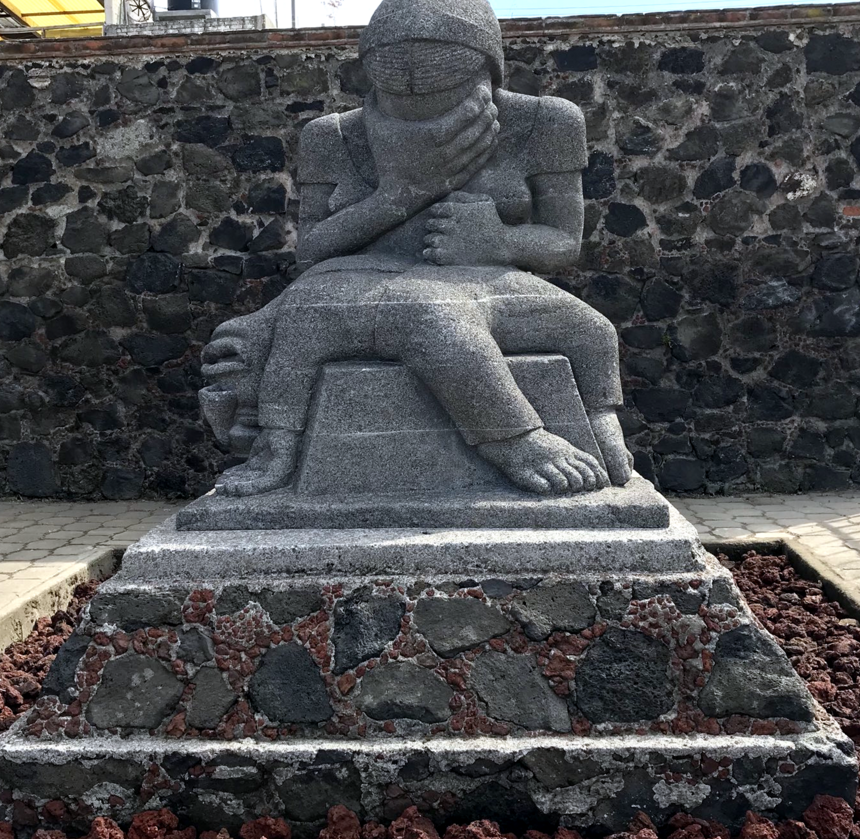
As might be imagined based purely on geography, the town was taken over by the Zapatistas in 1910. The Hacienda was not only out of business, but even subjected to violent attacks. The Zapatistas would only be driven at the end of 1914 by forces loyal to General Huerta. And this explains the present state of the hacienda ruins.
Today, as hundreds of years in the past, Parres El Guarda is your last stop in the city.
There is one more bike station, 15 minutes away, before cyclists reach the Morelos state line. But take in a little of this last Tlalpan town in before you go. It’s unique, a bit cooler than many other such places, and always welcoming.
 https://cicloviarural.com/Mapas/Mapa-Cicloestacion-Parres.jpg
https://cicloviarural.com/Mapas/Mapa-Cicloestacion-Parres.jpg
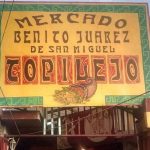
Nearest at 8.06 kms.
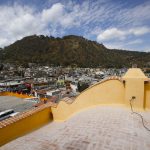
Nearest at 8.08 kms.
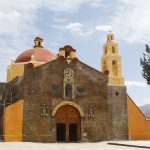
Nearest at 8.10 kms.

A remarkable vision of the mid-century in Mexico City . . .

A remarkable National Monument and School of Music . . .
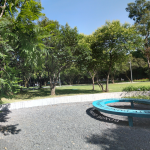
A wonderfully kept secret part of Chapultepec on the edge of Lomas . . .

A dramatic, looming tower above western Chapultepec . . .
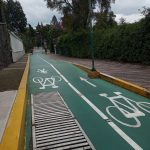
Main street in one of Mexico City's most iconic southern neighborhoods . . .